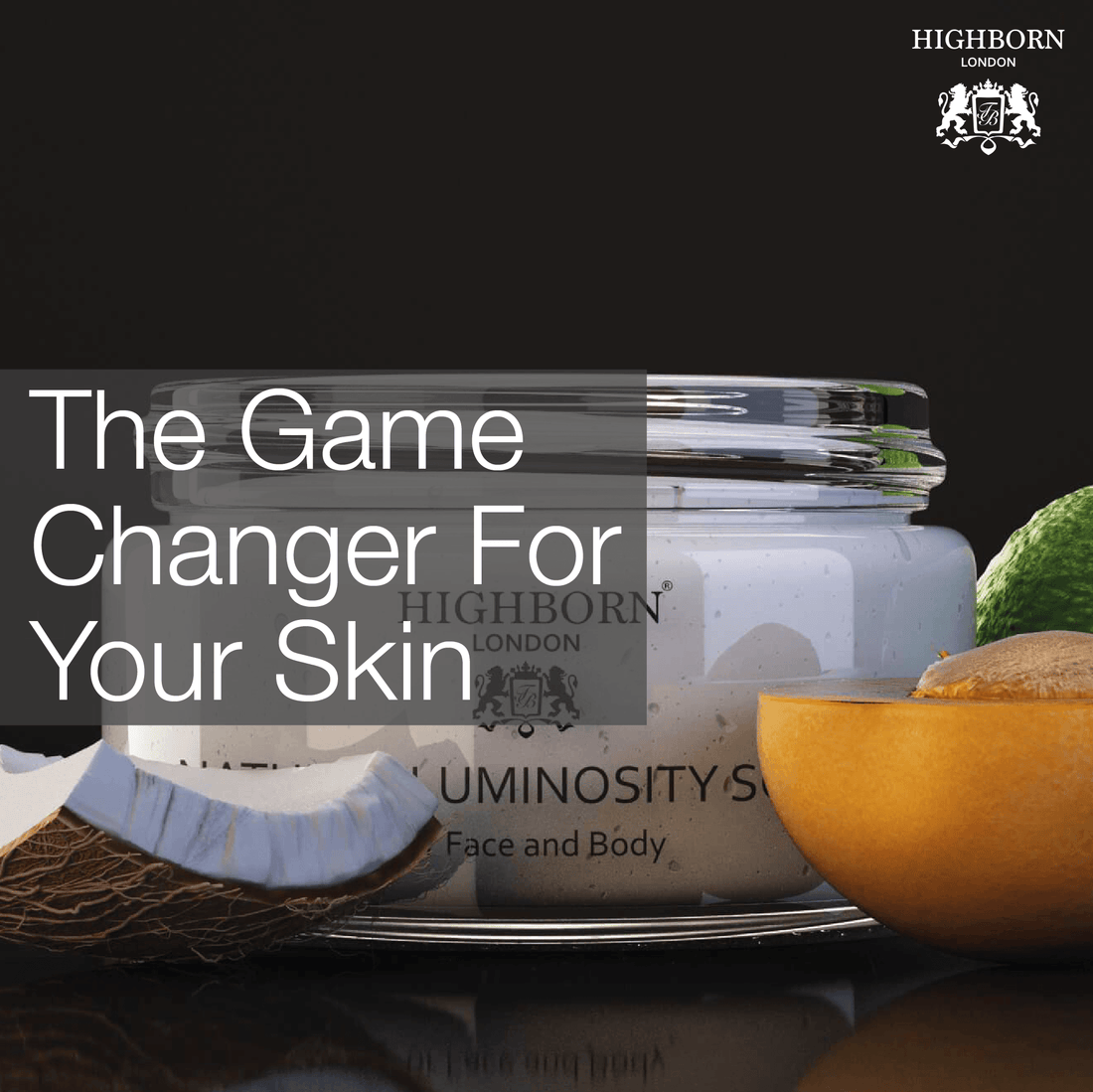
Why Exfoliation Is A Total Gamer Changer For Your Skin
Share

Exfoliating is one of the best ways to maintain radiant, glowing skin… but it’s a bit of an art form. Be too firm with your facial scrub and you could do more harm than good. But forget to exfoliate entirely and you’ve basically guaranteed your skin a one-way ticket to dullsville.
Here’s everything you need to know about the wonderful world of exfoliation, plus how to make sure you get your exfoliating routine just right.
Exfoliation: do you or don’t you? And if you do love exfoliating your skin, are you doing it correctly – ie: with the utmost of care? We truly believe exfoliating on a regular basis is vital if you want to ward off the visible signs of ageing – as long as you do it correctly. Of course, you can always get Botox and fillers, but frankly, we prefer the natural approach. And we think you do, too…
Below, five things you need to know about exfoliating your skin (and this includes both your face and neck, of course).
1. Your Skin Has Its Own Natural Exfoliation Process
Every day, your skin turns over and sheds millions of cells in a process called desquamation. New cells are created deep in the epidermis which then divide and migrate to the skin’s surface where they die and fall away. This whole process takes roughly 28 days for an average adult, but, bad news, it becomes significantly slower as you get older.
When this occurs (which, sorry, but it inevitably does), dead skin cells start to hang around longer than they should resulting in poor texture, congestion, dryness and a dull, uneven surface.
2. Exfoliation Helps Boost Desquamation
Because cell turnover naturally slows down as you age (sometimes taking as long as 80 days), you need to give it a little nudge in the right direction. And this is where exfoliation comes to the rescue, helping to reduce build-up on the surface of your skin and therefore promoting new cells to generate. All this works to improve both the tone and texture of your skin, boosting radiance, reducing fine lines and smoothing enlarged pores. Clever, don’t you think?
But that’s not all, by clearing away all those dead skin cells, exfoliation makes the rest of your products absorb into your skin better, making them work more efficiently and giving you much more bang for your buck. Win-win.
3. There Are Two Types Of Exfoliation
Exfoliation comes in two guises: physical (aka manual) and chemical. Physical exfoliation is basically what it says on the tin and includes anything that requires a certain amount of physical movement or pressure to do its job. This includes scrubs, loofahs, cleansing brushes and face cloths.
Chemical exfoliation is quite different and uses chemicals like glycolic and salicylic acids to break down the ‘glue’ that holds your skin cells together. This makes it easier for them to shed and reveal the newer, fresh cells that give your skin a much more healthy-looking glow.
We’re big fans of both types of exfoliation. If you love using a facial scrub, our Natural Luminosity Scrub has been formulated specifically to boost turnover and deep clean your skin using almond meal powder and fine grade pumice. And great news: it’s gentle enough for everyday use.
If you prefer to use a regular cleanser and exfoliate through other means, we recommend two great options.
First up, you could try our fabulous Pre-Eminent Beauty Serum which contains fruit acids to exfoliate your skin without any kind of manual sloughing action. Or, if your skin is super sensitive, apply Crystal Cleanser to damp skin, then use a clean, damp flannel or muslin cloth to massage it all over your face and neck. This will provide an extremely mild exfoliating action, but will still do the trick really well.
4. Over-Exfoliating = Bad News
Exfoliating your skin too often or too harshly can over-stimulate your skin and compromise its natural barrier function. And this has negative effects on all skin types, making oily skin oilier, dry skin drier and sensitive skin even more sensitive. You see where we’re going here, right?
The answer is to always err on the side of caution. If you’re introducing a scrub or fruit acid into your skincare routine for the first time, do a patch test first, then start slowly, applying it just once or twice a week to begin with to reduce your chances of irritation or inflammation.
You can then build up to daily use as your skin becomes accustomed to exfoliation. And if it doesn’t? Then stick with once or twice a week – this is clearly all your skin needs, so listen to it.
When using facial scrub like Natural Luminosity Scrub take care not to be too heavy-handed. The best way to apply it is in gentle, circular motions on damp skin. Work it carefully over your entire face, neck and décolletage for around 30 seconds, then rinse with lukewarm (never hot) water and pat your skin dry with a clean towel.
Pretty simple, right? You could also massage a small amount gently over your lips while you’re at it to help get rid of dry or flaky skin.
5. Always Moisturise After Exfoliating
Not only does exfoliation remove dead skin cells, but it can also take away essential oils and moisture from your skin’s natural protective barrier which sometimes results in unwanted dryness, irritation and dehydration. This is why moisturising is vital.
Look out for products that contain water-loving ingredients like hyaluronic acid (HA), aloe and glycerin to replace lost moisture, plus emollient oils to help seal it into your skin. Imperial Moisturiser contains HA, shea butter, apricot kernel oil and glycerin so ticks those boxes very nicely indeed.

